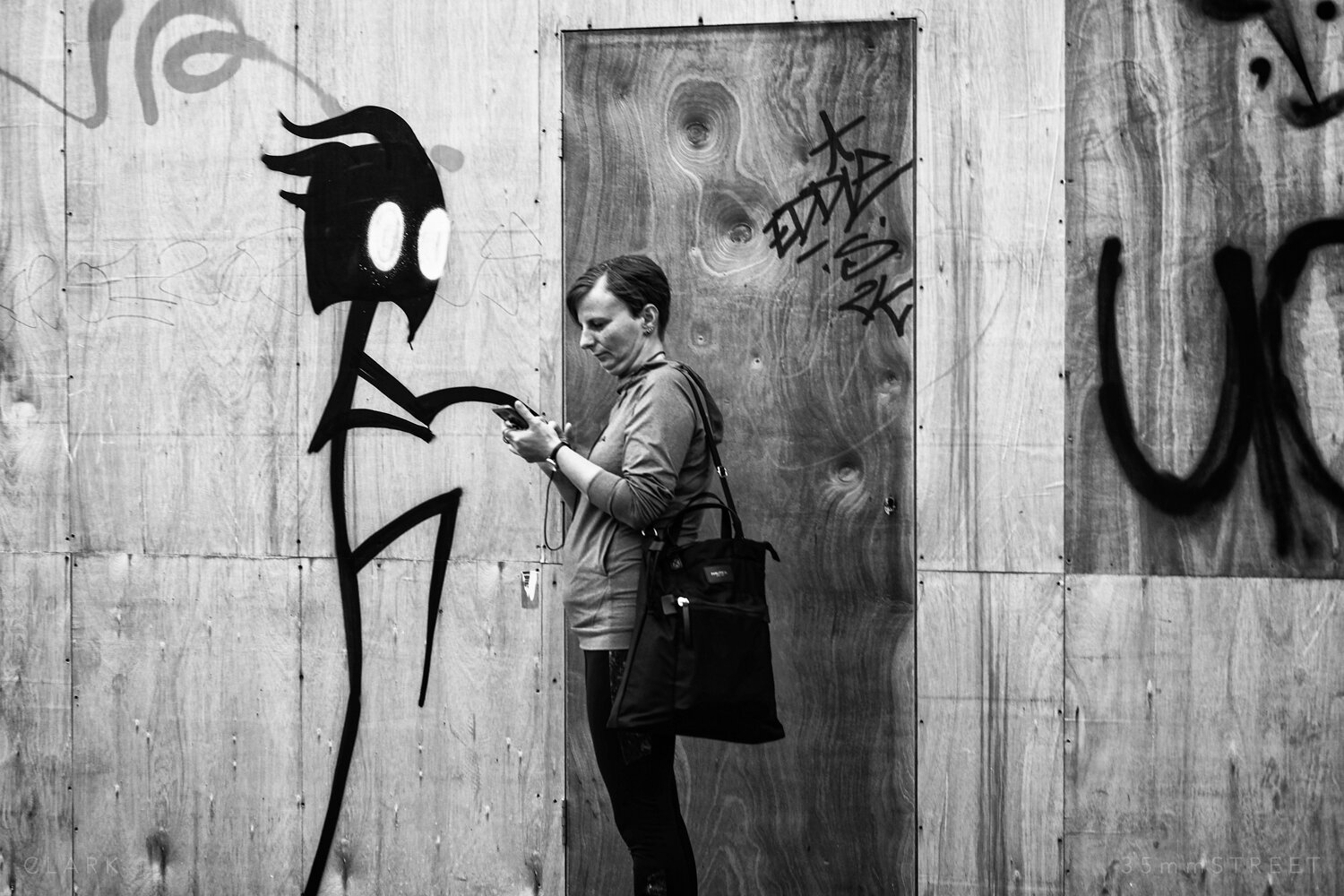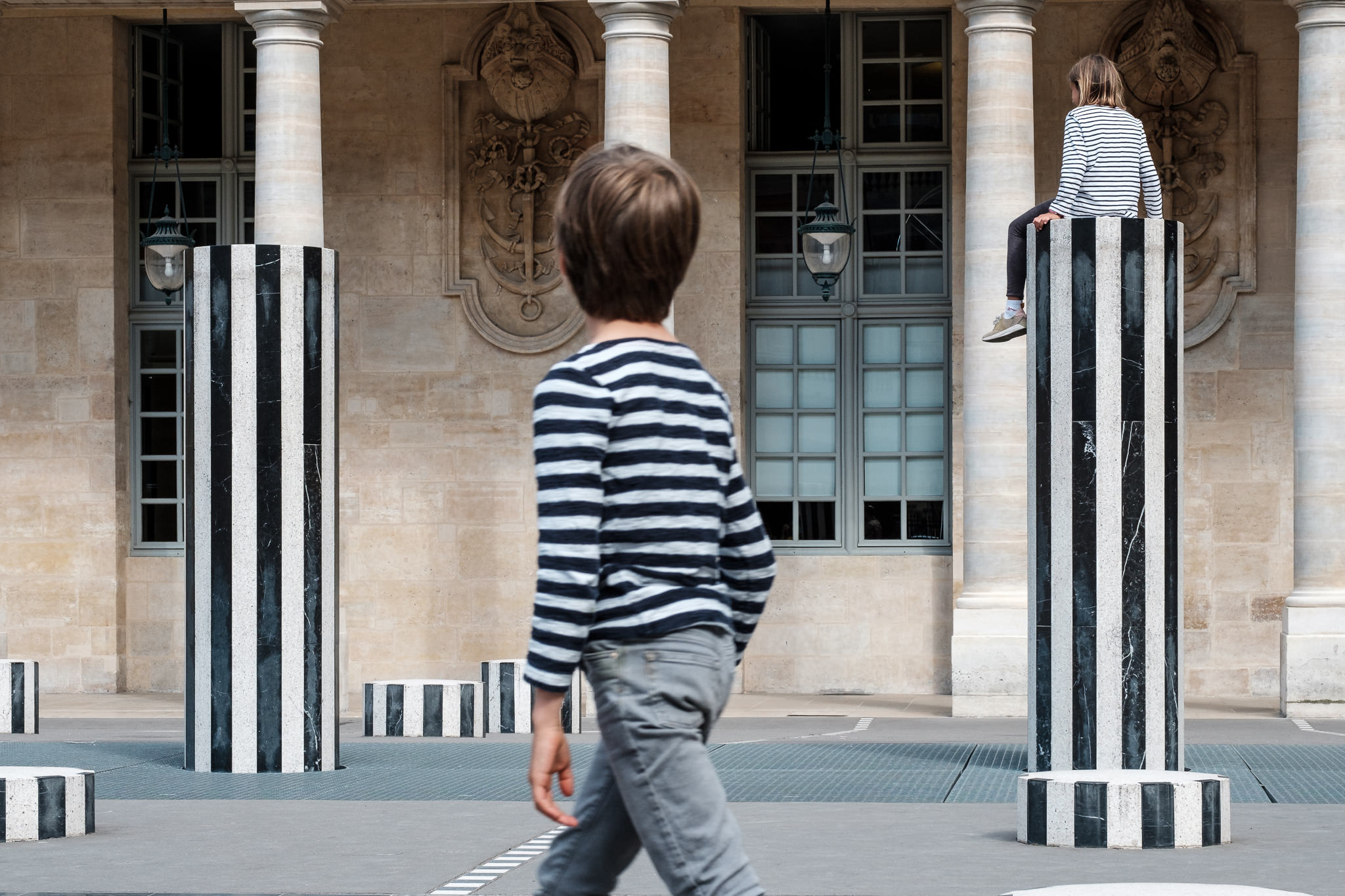Street Photographers for Dummies
Table of ContentsThe smart Trick of Street Photographers That Nobody is DiscussingThe Basic Principles Of Street Photographers All about Street PhotographersThe Single Strategy To Use For Street PhotographersGetting The Street Photographers To Work
A genre of photography that documents day-to-day life in a public place. The very publicness of the setting makes it possible for the photographer to take candid images of strangers, frequently without their understanding. Street photographers do not always have a social function in mind, yet they like to separate and catch minutes which may or else go undetected (Street Photographers).He was affected by numerous of those who affected the road photographers of the 1950s and '60s, he was not primarily interested in recording the spirit of the road., who functioned side by side with photographers attempting to capture the significance of metropolitan life.
Due to the somewhat primitive technology offered to him and the long exposure time called for, he battled to capture the stress of the Paris roads. He trying out a collection of photo methods, attempting to find one that would enable him to capture activity without a blur, and he discovered some success with the calotype, patented in 1841 by William Henry Fox Talbot. While the photographers' topic was essentially the exact same, the results were significantly different, showing the impact of the photographer's intent on the character of the pictures he generated.
Given the fine top quality of his pictures and the breadth of material, designers and musicians commonly purchased Atget's prints to make use of as reference for their own work, though industrial passions were barely his major motivation. Rather, he was driven to picture every last remnant of the Paris he liked.
Not known Incorrect Statements About Street Photographers
They reveal the city through his eyes. His job and essential understanding of photography as an art type acted as inspiration to generations of photographers that adhered to. The next generation of street digital photographers, though they likely did not refer to themselves because of this, was ushered in by the photojournalism of Hungarian-born professional photographer Andr Kertsz.
Unlike his peers, Brassa utilized a larger-format Voigtlnder camera with a much longer exposure time, forcing him to be extra calculated and thoughtful in his technique than he could have been if making use of a Leica. (It is believed that he might not have had the ability to pay for a Leica at that time, however he did, however, use one in the late 1950s to take colour pictures.) Brassa's photos of the Paris abyss illuminated by man-made light were a revelation, and the compilation of the collection that he published, (1933 ), was a major success.
Cartier-Bresson was a champion of the Leica electronic camera and one find this of the very first digital photographers to optimize its capabilities. The Leica enabled the photographer to engage with the surroundings and to record moments as they occurred. Its reasonably little dimension also assisted the professional photographer discolor right into the history, which was Cartier-Bresson's preferred method.
Street Photographers - An Overview
It is due to the fact that of this basic understanding of the art of image taking that he is commonly attributed with discovering the tool around once again about a century since its invention. try these out He took photographs for greater than a half century and affected generations of digital photographers to trust their eye and intuition in the moment.
These are the questions I will attempt to answer: And afterwards I'll leave you with my own interpretation of road digital photography. Yes, we do. Let's start with specifying what an interpretation is: According to (Street Photographers) it is: "The act of defining, or of making something definite, unique, or clear"
No, absolutely not. The term is both limiting and misguiding. Seems look at this site like a street photography must be images of a roads right?! And all street photographers, other than for a little number of absolute newbies, will completely appreciate that a road is not the crucial element to road digital photography, and really if it's a photo of a road with perhaps a couple of uninteresting people doing nothing of passion, that's not street digital photography that's a picture of a street.
Indicators on Street Photographers You Need To Know
He makes a legitimate factor don't you believe? While I concur with him I'm not certain "honest public photography" will catch on (although I do kind of like the term "candid photography") due to the fact that "road digital photography" has been around for a lengthy time, with numerous masters' names connected to it, so I think the term is right here to remain (Street Photographers).
Inside?! I hear you yell as you drink your fist to the sky. Why not? You can shoot at the beach, at an event, in an alley, in a park, in a piazza, in a cafe, at a gallery or art gallery, in a city terminal, at an occasion, on a bridge, under a bridge ...

The 8-Minute Rule for Street Photographers
